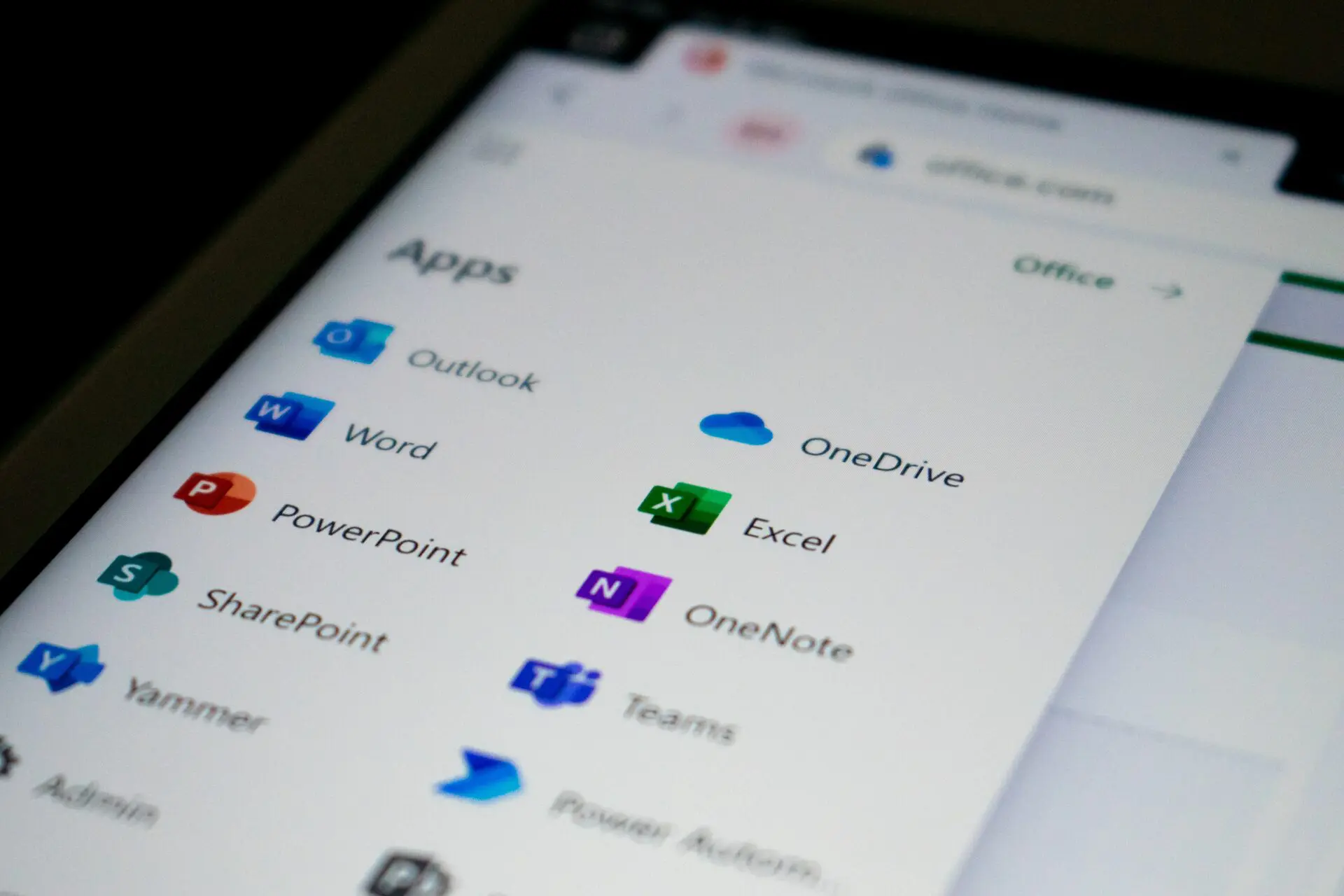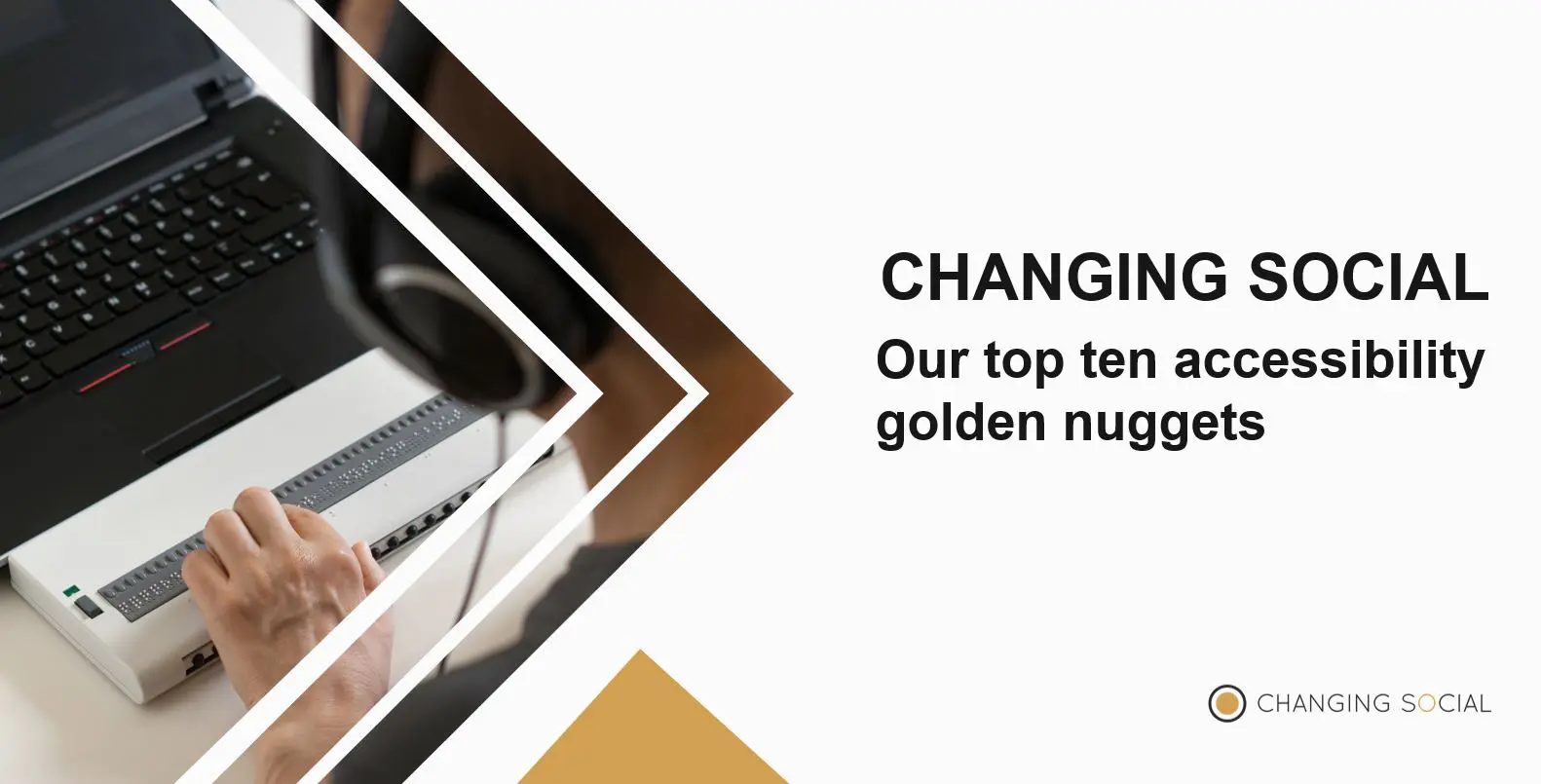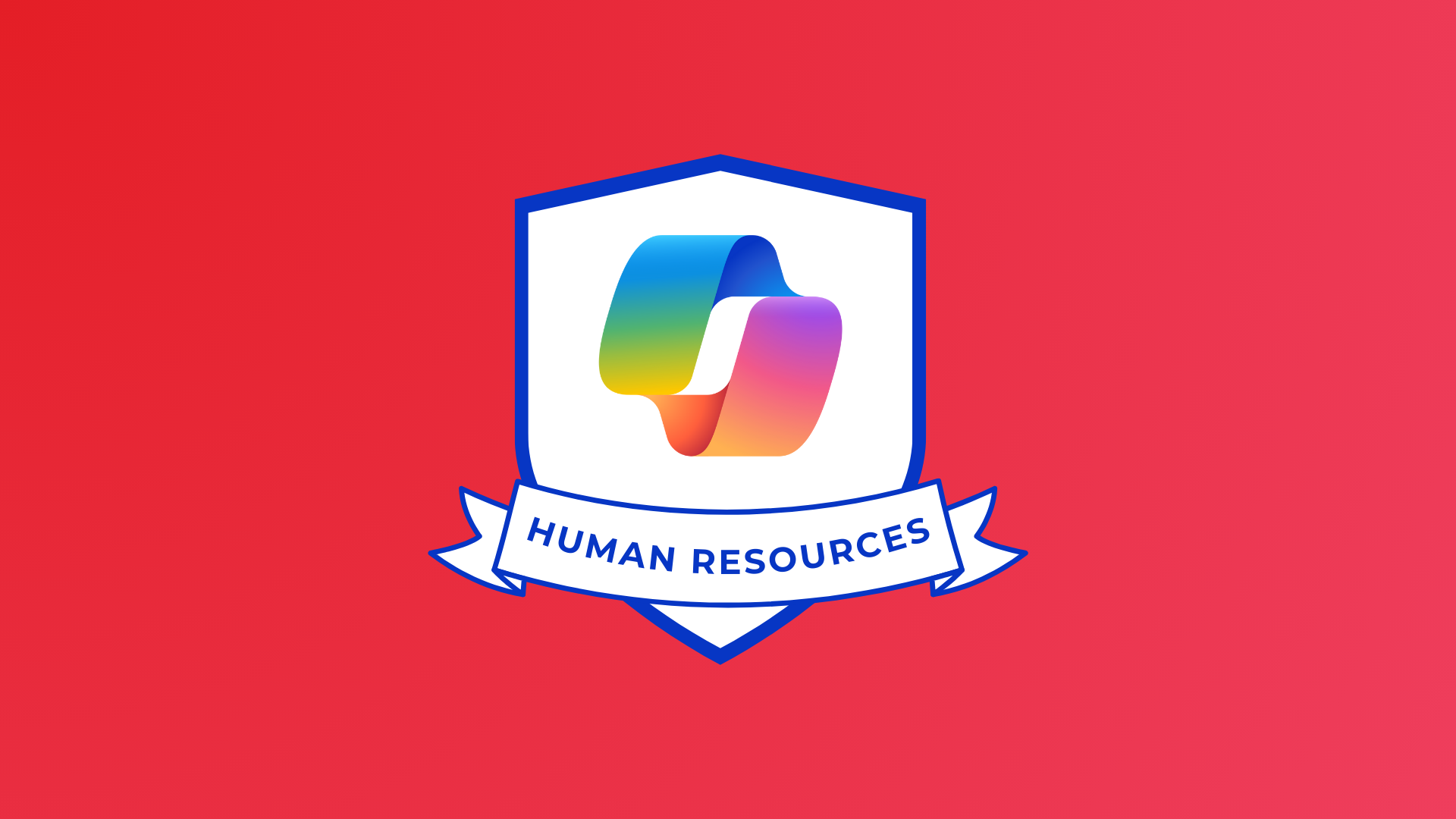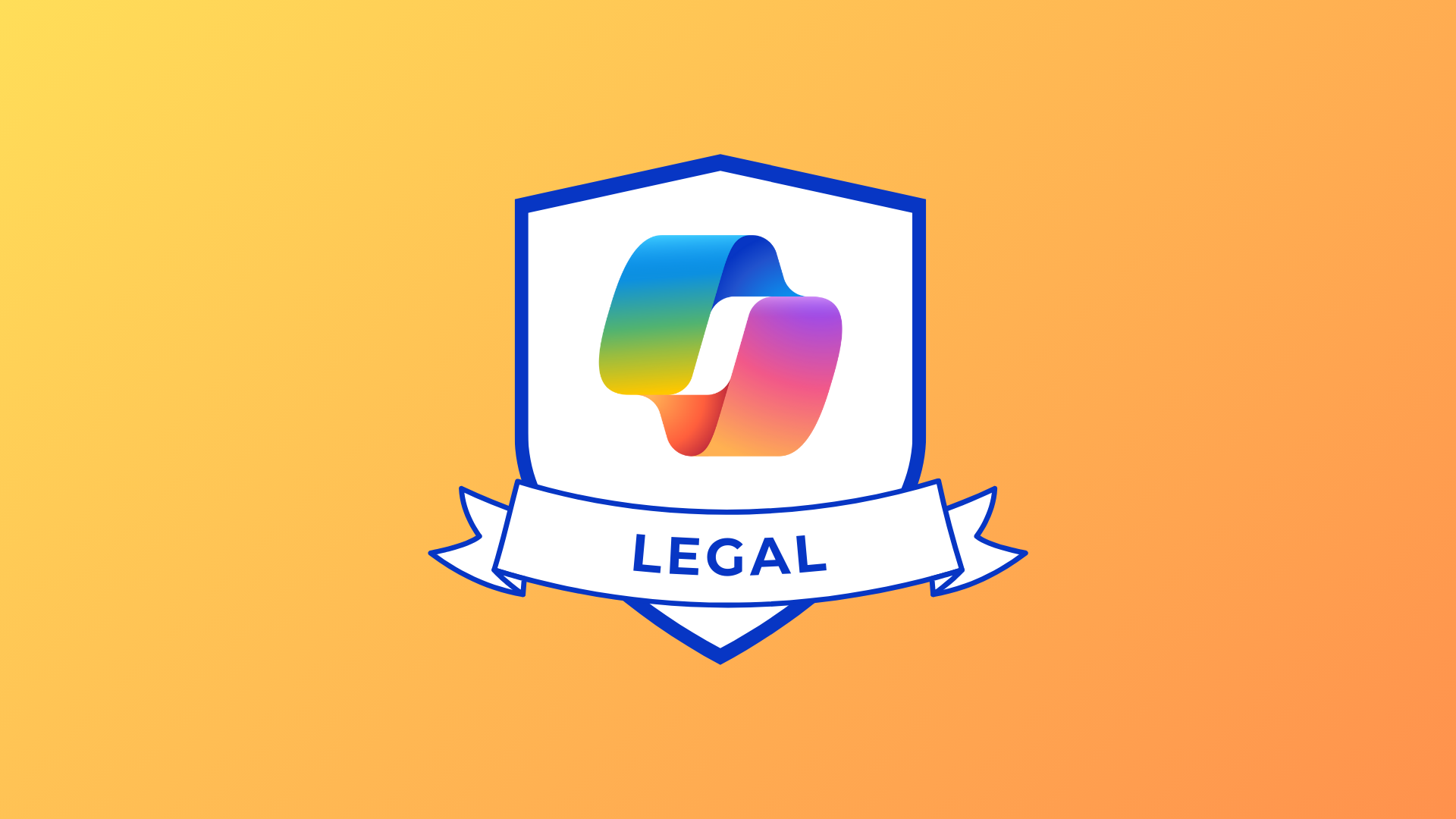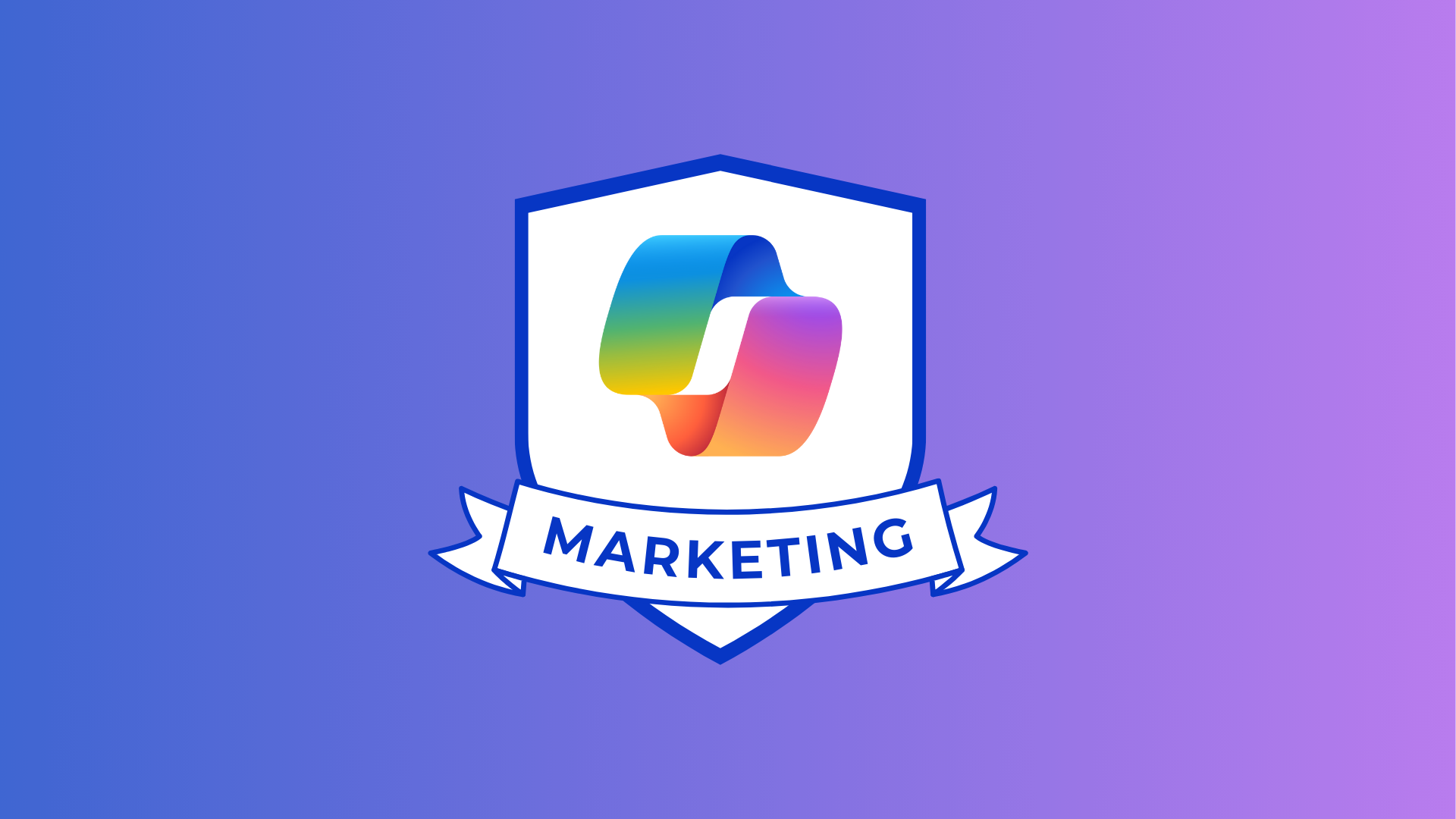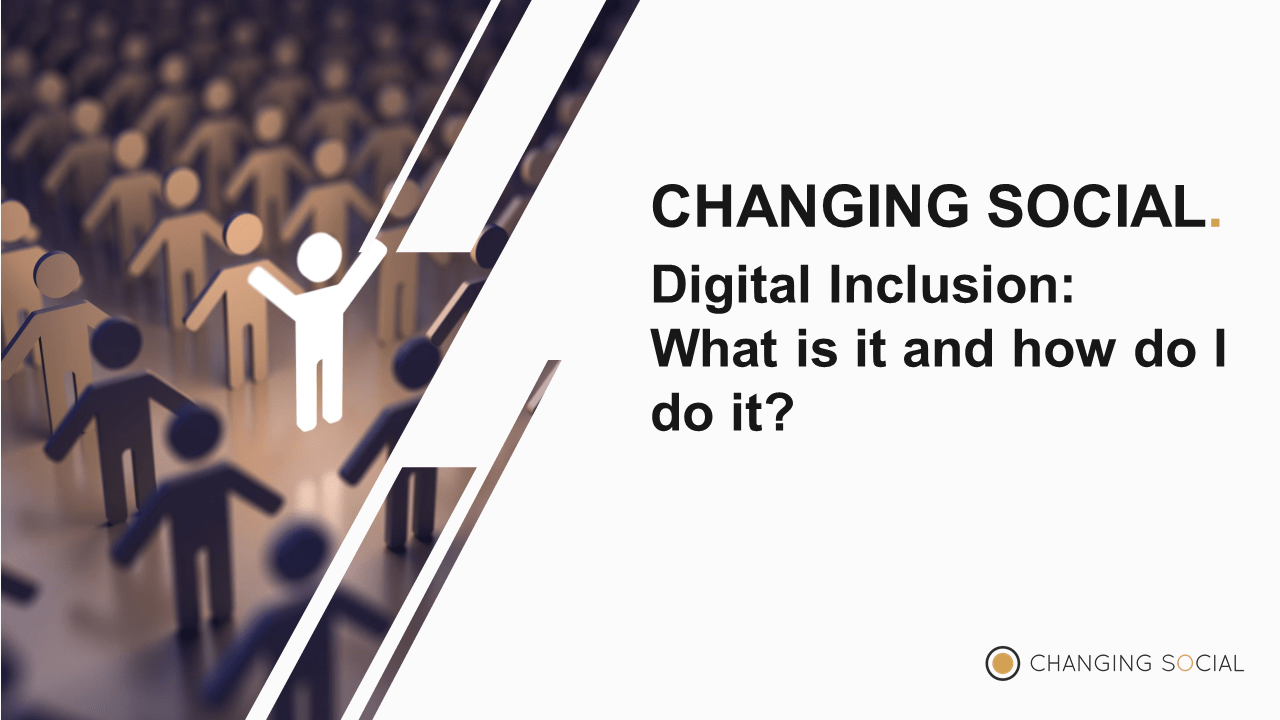
Is your content accessible? Do you know how to make your presentation digitally inclusive? We caught up with our resident accessibility expert, Gregg Bainbridge to talk all things Microsoft Digital Inclusion and learn how our Microsoft Digital Champions programme can play a big role in making us more digitally inclusive.
Q: Where do we start when considering how to make our content and delivery accessible Gregg?
Gregg: It’s a good question as there can be a lot to think about when creating accessible content, The first thing I tell people is to consider your audience. Find out what disabilities they may have and then work out how you can adapt or enhance your content to suit.
If your role is a team manager, you will need to understand what, if any, disabilities your team are dealing with. You should be able to get this information from their HR records or by asking them in a sensitive, appropriate manner.
If you’re a trainer or public speaker, this can be a little more difficult to gather this information ahead of your session. Consider adding a question to your sign up form to capture this information. Failing that, you will need to pick up on the cues of your audience and ensure your presentation works for them.
Q: Great, so once I understand the needs of my audience, how do I make my content work for those who have a visual, auditory or cognitive disability?
Gregg: So now you know which disabilities you are dealing with, you need to use the right tools to support these participants. And thankfully, there are loads of Microsoft Digital Inclusion tools to support with this.
You can now go to the www.microsoft.com/accessibility and learn what you can do to support each of these disabilities and more.
I think the key is to really make it the standard that everything you produce is inclusive. It sounds tricky and a lot of work, but following the tips on the Microsoft Digital Inclusion site, you’ll soon pick up loads of tricks for tweaking and adjusting your work to make it much more digitally accessible.
Q: What tips do you give people who are keen to put some of this into action today?
Gregg: The best thing you can do is give it a go. Educate yourself and then put your learning into action, and ask for feedback. People will be delighted that you are trying to make content that works for them, so if you don’t get it right first time I’m sure they’ll be happy to give you some pointers for improvement.
Q: How can people learn more about this?
Gregg: Accessibility is one of the core themes of our Microsoft Digital Champions programme. We build it in to everything we do and the skills we teach our Microsoft Digital Champions.
As part of that programme, we encourage our Microsoft Digital Champions to go through the recently launched Microsoft Accessibility Badge. This is a great way to up-skill in this area, gain an accreditation and learn about the latest Microsoft Digital Inclusion technology and thinking.
I’d also recommend you attend Microsoft events, especially the Accessibility Summit to showcase accessibility technology, trends and thinking. This is a fast-moving area, so it’s good to keep up to date with the latest ideas.
If you’d like to learn more about how you can make your content more accessible, or find out how we run our Microsoft Digital Champions programme with digital inclusion in mind, please get in touch.
Share
Related Posts
Our most recent articles
11 April 2024
04 April 2024
21 March 2024


